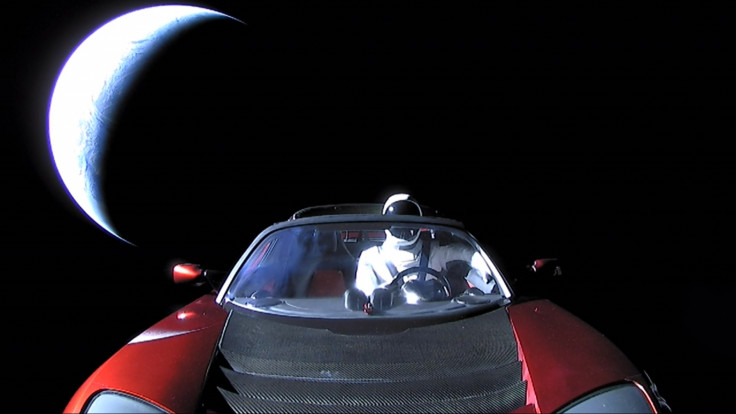Tesla PR stunt in 2018 records closest pass of Mars as it continues orbit
The Tesla Roadster in question and its dummy driver named "Starman" was the iconic payload during the debut launch of SpaceX's Falcon Heavy rocket in 2018.
It appears several things related to Elon Musk has been making the headlines in the past few weeks. In fact, SpaceX just successfully launched another collection of 60 Starlink satellites to bolster its planned internet service. The latest one is related to a remarkable PR stunt the company did in 2018. The Tesla Roadster that was launched into orbit around the sun has reportedly recorded its closest flyby of Mars since its journey began two years ago.
The Tesla Roadster in question and its dummy driver named "Starman" was the iconic payload during the debut launch of SpaceX's Falcon Heavy rocket. At the time, Musk supposedly noted that it was more than just a showcase of the capabilities of its in-house developed technology. "Life cannot just be about solving one sad problem after another," he pointed out. "There need to be things that inspire you, that make you glad to wake up in the morning and be part of humanity. That is why we did it."
The all-electric vehicle and its mock passenger follows an elliptical orbit around the sun, which it manages to complete every 557 days. According to a tweet from the official SpaceX account, "Starman, last seen leaving Earth, made its first close approach with Mars today—within 0.05 astronomical units, or under 5 million miles, of the Red Planet." By November, the Tesla Roadster will once again zip by Earth at speeds of approximately 55,000 mph, which is impressive.
Next month it will be about 32 million miles away when it passes to continue its orbit which it has already completed 1.75 times to date. A website called Whereisroadster.com provides live tracking information as to the exact whereabouts of the vehicle. It posted, "The car has exceeded its 36,000 mile warranty 36,128 times while driving around the Sun."

Based on the projections made by experts, the Tesla Roadster and Starman will eventually meet its end within the next 10 million years. It could possibly burn up in the atmosphere of Venus or Earth. For now, SpaceX will continue to send more Starlink satellites to complete its space-based network to beam down high-speed broadband at speeds of up to a gigabit per second.
© Copyright IBTimes 2025. All rights reserved.





















